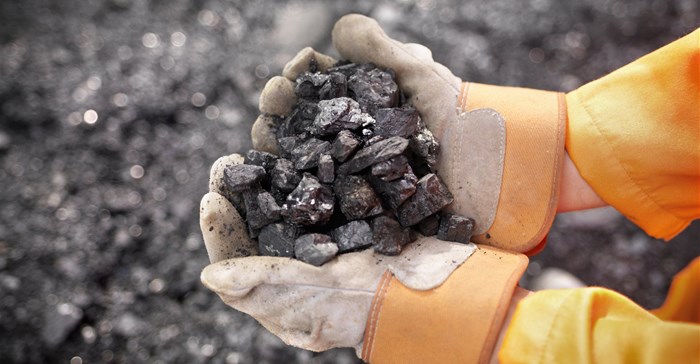
Under the COP21 agreement, also known as the 2015 Paris Climate Conference, most developed countries globally made the commitment to resort to alternative low-carbon emissive solutions, deemed sustainable for electricity generation, industrial manufacturing, and any other activities that could risk propelling climate change. This agreement has been followed up by annual meetings of the UNFCCC Parties to assess the progress in dealing with climate change.
However, a new dynamic has entered the stage with recent written representations and testimony to the United Nations and European Parliament, respectively, by 500 experts arguing that there is no climate emergency. Moreover, with this year’s annual Climate Change Conference (COP25) taking place in Madrid from 2-13 December 2019, the debate and momentum are moving away from the doomsday scenario propositions being made by socio-political movements.
The Paris agreement, however, still poses a predicament for developing and emerging economies that are still heavily dependent on coal. Furthermore, access to funding for applied renewable energy solutions – which also require local subsidies to be affordable yet provide little sustainable employment – is still very limited within these regions. For these reasons, among others, economies are still using coal as a significant resource.
The necessity of many developing countries to install the most cost effective and implementable method of power generation is easy enough to understand; the majority of African countries are still starved for electricity, with the World Bank declaring 32 of the 48 nations on the continent to be in a power crisis. Thus, developing countries are still largely dependent on coal for most of their electricity generation. Since the start of the industrial revolution, coal has proven to be a reliable, constant base-load energy resource that today is easily convertible to multiple physical states such as gas or liquid in coal-to-liquid technology (CTL Technology).
Therefore, instead of focusing on the elimination of coal, which will leave African countries in the dark, there is a need for developing countries to embrace and attract funding for clean coal technologies (CCTs) that will lessen the negative environmental impact of coal energy generation, in turn helping to mitigate atmospheric pollution and the potential contribution to climate change. This will ensure that the African continent's enormous coal resources can be utilised for future generations without significantly negatively contributing to climate change.
Because coal plays a significant role in both the industrial and retail sectors in African countries, eliminating it in the near future in favour of renewables, as is being advocated for by the developed countries, is not technically and economically viable. There is a need to promote a diversified energy mix inclusive of strategically placed renewable sources to cater to the continent’s energy needs. International green capital should increase investment in renewable sources of energy, such as solar and wind, as part of a complementary approach in diversifying the energy mix whilst simultaneously continuing to fund clean coal-based energy. Given the requirement for a stable base-load supply, there is typically an upper limit on the amount of renewable energy that can be accommodated in a functional, efficient national grid system, which is dependent on the nature and amount of available energy sources, both renewable and non-renewable.
South Africa recently released the Integrated Resource Plan (IRP) 2019, which brings renewed confidence that coal-based power generation is alive and well on the African continent. Running from 2019 to 2030, the IRP seeks to promote a diversified energy mix that is also inclusive of renewables, nuclear energy, gas, hydropower, nuclear power and coal for South Africa and the SADC region. The plan, based on a lowest-cost electricity supply and demand balance that considers both security of supply and the environment, states that coal will continue to play a significant role in electricity generation for the country and the rest of Africa.
South African Mineral Resources and Energy Minister Gwede Mantashe expressed his views on the coal debate in October, saying, "We are going to still have a big volume of electricity generation from coal. Therefore, we are cautioning those who are saying coal is coming to an end – we have 16 power stations which are coal-fired. That is the reality of today. Coal will continue to play a significant role." This inclusion of coal in the IRP 2019 energy mix is a clear indication that the end is nowhere in sight for this fossil fuel.
The coal industry in the country not only is responsible for electricity generation but also is beneficial to the country’s economy. According to Coal Mining Matters, the South African coal mining industry in 2018 employed 81,962 people and paid R24bn in wages and salaries. These jobs created and the salaries earned are then redistributed throughout communities and strengthen local businesses